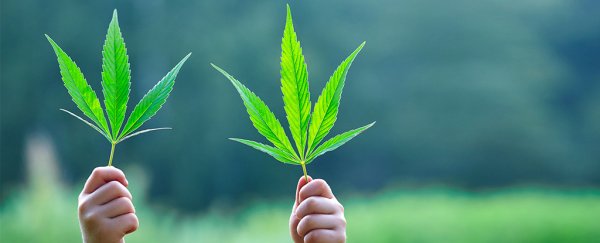The seedy reputation of weed is changing - quickly.
First of all, the correct name is cannabis, and 29 states and the District of Columbia have laws that legalize it in broad ways (and 17 others in very limited ways). Two major TV producers and an Oscar winner made a sunny sitcom about it.
Legal US sales are expected to top US $11 billion this year, according to industry tracker BDS Analytics. And big names among both Republicans and Democrats favor rolling back federal regulations against it.
But the science lags behind the movement, largely because studying cannabis is so difficult.
Truth is, there's a lot science doesn't know.
1. Many states allow medical marijuana. What can it do?
A. Manage pain.
B. Reduce nausea.
C. Reduce some type of seizures and muscle spasms.
D. All of the above.
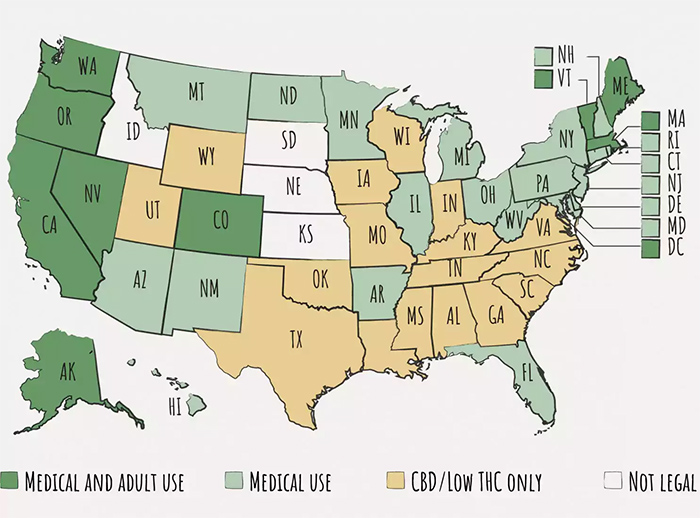
Correct answer:
D. All of the above.
Cannabis has been used medicinally for thousands of years to treat conditions such as pain, inflammation and depression. It was a surgical anesthetic (!) in ancient China, and it was used to ease diarrhea during the 19th century cholera epidemic to prevent dehydration.
But as modern medicine changed from plants to powders and pills, cannabis fell out of favor. The first US federal law against it was a tax act in 1937, and it was criminalized in 1952.
Because the federal government still considers it illegal with "no currently accepted medical use," researchers who want to study it have to jump through all sorts of regulatory hoops. That means we don't have a lot of the high-quality evidence, obtained in clinical trials, that we expect with most medicines.
A huge problem, researchers say, is that the only US-grown cannabis that scientists can use in clinical trials comes from the government's pot farm at the University of Mississippi. It has little variety and isn't representative of what commercial growers are selling.
Still, more and more research is being done. A 2017 report from the National Academies of Sciences, Engineering and Medicine documented "conclusive or substantial evidence" that cannabis can help reduce pain, nausea and muscle spasticity related to certain diseases.
Additional strong evidence indicates that cannabis products may be useful for other physical and psychological conditions as well, such as seizures in children, loss of appetite, sleep problems, anxiety and post-traumatic stress disorder.
Cannabis is most likely safer than alcohol for recreational users, and it may reduce opioid use.
It can have adverse side effects, too, especially for heavy smokers, including respiratory problems, memory impairment and an increased likelihood of abusing another drug.
2. What's the difference between medical cannabis and recreational cannabis?
A. The medical version requires a doctor's prescription.
B. The recreational version requires a budtender's prescription.
C. The medical version is more tightly regulated.
D. There is no difference.
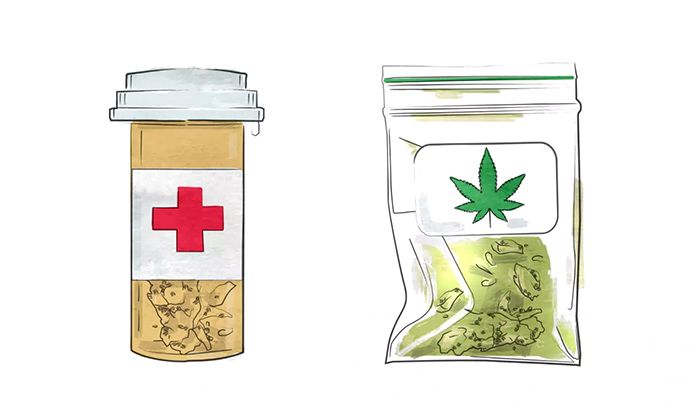
Correct answer:
D. There is no difference.
The smokable dried plant material and its many other forms (liquid, concentrate, edible, etc.), are not approved or tested by the Food and Drug Administration and can only be "recommended" by a doctor, not legally prescribed.
It varies by grower, of course, but it is the same product available in smoke shops where the sale of recreational cannabis is legal.
Unlike, say, an antibiotic you get with a prescription, there is no way to know the chemical composition of what you are getting or how much you should take. That leaves consumers with only the guidance of their dispensary's budtender.
Only two cannabis-related products can be prescribed in the United States. One contains a synthetic version of THC (delta-9-tetrahydrocannabinol), the main psychoactive ingredient in cannabis, and the other contains a related synthetic chemical. But most people don't tolerate them very well, for reasons we'll talk about in a bit.
3. Compared with the weed from "back in the day," today's pot is…
A. Less potent.
B. More potent.
C. About the same.
D. Depends on what you buy.
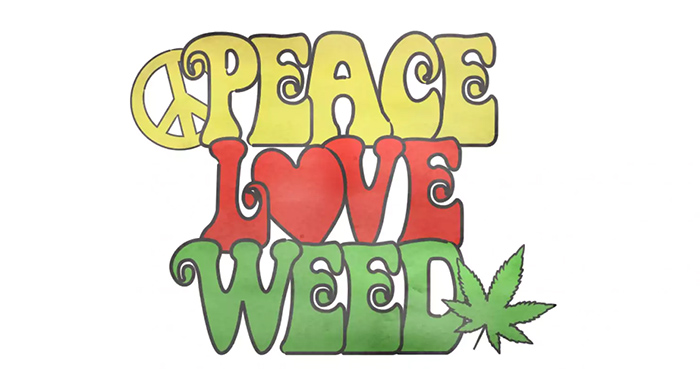 Correct answer:
Correct answer:
B. More potent.
Unless "back in the day" for you means the past five years or so, the product is now much stronger, said Mark A.R. Kleiman, co-author of the book "Marijuana Legalization: What Everyone Needs to Know."
"What was called marijuana when I was in college was probably 4 percent THC by weight," said Kleiman, who graduated in 1972.
Now, he said, the average percentage of THC is "somewhere in the mid-teens," and growers claim some strains contain 25 percent or more. Part of the difference is that unlike today, the old stuff had leaves, seeds and stems mixed in with the THC-rich flowers. (Only flowers are sold now.)
And a cultivation method that was formerly used only for a super-potent specialty product - allowing only the female plants to bloom, provoking the flowers to produce more THC - has become common. In addition, lighting and other growing techniques have greatly improved.
Still, partial credit if you picked the last answer. A few types of cannabis are intentionally bred to have lower concentrations of THC and higher concentrations of a compound called cannabidiol (CBD), which is said to be relaxing rather than "stoning."
4. So, in a quick and not-boring way, how does this much stronger cannabis work in our bodies?
A. It operates in a system named for cannabis.
B. It clouds our brains with smoke.
C. It shrinks frontal lobes so our brains have more room to think.
D. I'm bored already.
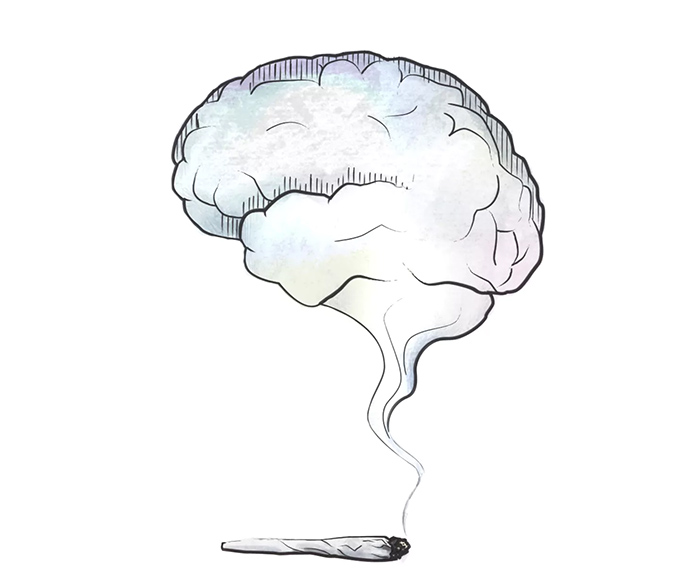
Correct answer:
A. It operates in a system named for cannabis.
In short, it mimics some of the brain's own chemicals. We have a chemical regulatory mechanism in our bodies called the endocannabinoid system - yep, named after the plant.
The system helps regulate all sorts of things, including appetite, pain, seizures, digestion and heart rate.
This system contains two types of receptors, explained Ethan Russo, a neurologist and director of research and development for the International Cannabis and Cannabinoids Institute in Prague.
When THC binds to the first type of receptors, which are mostly in our brains, it triggers a flood of pain-relieving, euphoria-inducing chemicals. We might become happily stoned, get the munchies and not remember our last sentence. Or, if the flood is too much, we might become paranoid, delusional and decidedly not happy.
CBD can mute some of those harsher effects by keeping THC from effectively binding to those receptors. That's why cannabis that is high in CBD may allow people to function normally without feeling "high" yet still get the therapeutic benefits, Russo said.
The other type of receptors are mainly found in the body rather than the brain, and they mediate pain and inflammation but have nothing to do with feeling stoned.
There are CBD oils and extracts, but most smokable cannabis on the market contains a lot of THC and very little CBD. Which brings us to . . .
5. Shops are full of strains that supposedly tailor the experience - Pineapple Express, Lemon Haze, Bubba Kush. What does science say about those?
A. Most claims are accurate.
B. Most claims are wrong.
C. Most claims are unproven.
D. Who is Bubba?
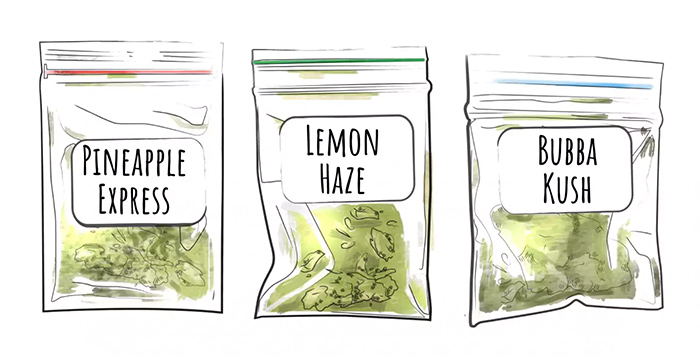 Correct answer:
Correct answer:
C. Most claims are unproven.
Cannabis doesn't have just two ingredients; it contains hundreds of substances that may act in concert to produce what is called "the entourage effect." Growers have crossbred plants to tease out a little more of this and a bit less of that in an effort to create versions that have certain characteristics.
Anecdotal evidence and some scientific research supports the entourage effect. For example, Russo's research has shown that an aromatic cannabis compound called pinene may interact with other ingredients to reduce short-term memory loss.
So the effect may be real, but that still doesn't mean that all growers' claims are true. No regulations force growers or sellers to accurately represent what is in their products.
"You could buy Bubba Kush at one store and it would look, smell and taste very different than what you'd buy at another store," said Russo, a proponent of medical cannabis who says he favors research and sensible regulation so that people can use it in the safest and most effective ways.
As for "Bubba," it is a kind of generic nickname bestowed because part of the plant's origin is unknown.
Just like many things about cannabis.
Additional sources:
Raphael Mechoulam, professor of medicinal chemistry at the Hebrew University of Jerusalem; "Marijuana Legalization: What Everyone Needs to Know" by Jonathan P. Caulkins, Beau Kilmer and Mark A. R. Kleiman; "The Health Effects of Cannabis and Cannabinoids: The Current State of Evidence and Recommendations for Research" by a committee of the National Academies of Sciences, Engineering and Medicine; Multidisciplinary Association for Psychedelic Studies; University of California at San Francisco; BrainFacts.org; National Institute on Drug Abuse.
2018 © The Washington Post
This article was originally published by The Washington Post.
